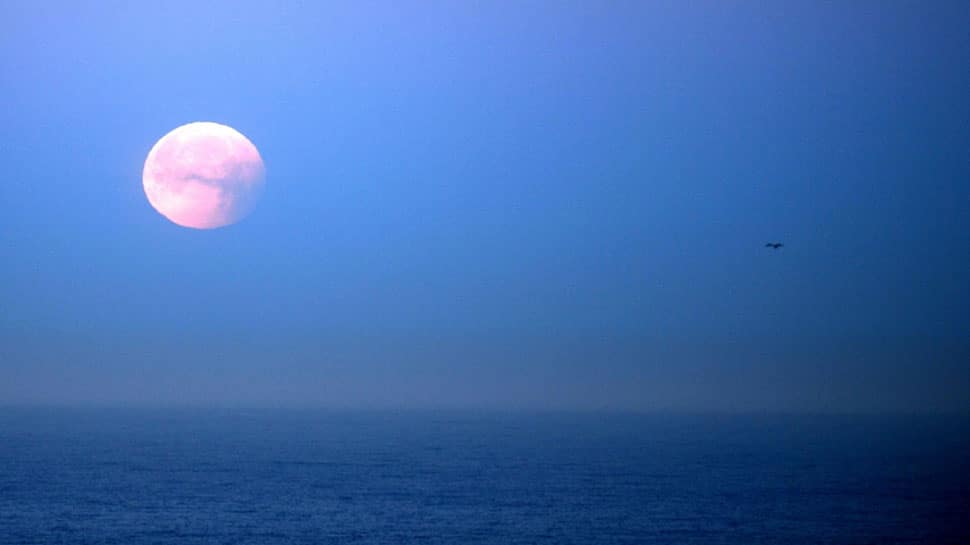The Samudra Manthan episode establishes the reason why Shiva is also known as Neelkantha. But there’s more to the entire episode. The Samudra Manthan acts as a precursor to the occurrence of Grahan – both Surya and Chandra.
Wondering how? Here’s one of the popular legends:
When the Asuras (demons) and the Devas (Gods) were eager to get hold of Amrit, the divine nectar of immortality, a contest was organised so that one of the two parties could reap benefits. The samudra/kshirasagara (ocean) needed to be churned in order to attain the nectar. And to execute this daunting task, the Mandara Parvat (a mighty mountain named Mandara) was used as a churning rod and Vasuki (the king of Snakes) was turned into a rope.
The Devas and the Asuras started pulling the rope from either side so that the nectar from the bottom of the Kshirasagara could be obtained but while churning, even harmful substances started surfacing. Halahala was a poison that gradually started spreading all over. According to another legend, Halahala was the poison that dripped from Vasuki’s mouth as he was pulled to and fro by the Devas and the Asuras.
This Halahala was so poisonous that it could ruin creation. Fearing the end of life, the Devas and the Asuras pleaded to Lord Shiva to save the universe. A compassionate being that he is, Shiva agreed to drink the Halahala.
Shiva arrested it in his throat to prevent it from seeping into his body. And according to another legend, Mata Parvati on learning that Shiva had consumed the Halahala, held his throat so as to stop the poison from running down to his stomach.
After churning for hours, the nectre which was obtained with great difficulty was deceitfully taken away by the asuras who wanted to attain immortality by consuming it. On realising that the elixir has been stolen, Lord Vishnu, transformed into a beautiful woman named Mohini.
On taking the form of a woman, Lord Vishnu reached out to the demons to lure them. Mohini’s beauty left the Asuras mesmerised and she succeeded in getting the elixir back for the Devas. Swarbhanu, a demon learnt about Mohini’s true identity and decided to obtain a share of the Amrit in disguise of a Deva.
Just when she started distributing it among the Devas, Surya and Chandra informed Lord Vishnu about the presence of Swarbhanu. And that’s when the Lord severed the demon’s head and it flung up in the sky. It is believed that the head of the demon is known as Rahu while the tail is referred to as Ketu.
To avenge Chandra (Moon) and Surya (Sun), Rahu swallows them temporarily even today and they reappear after giving a tough fight.
















